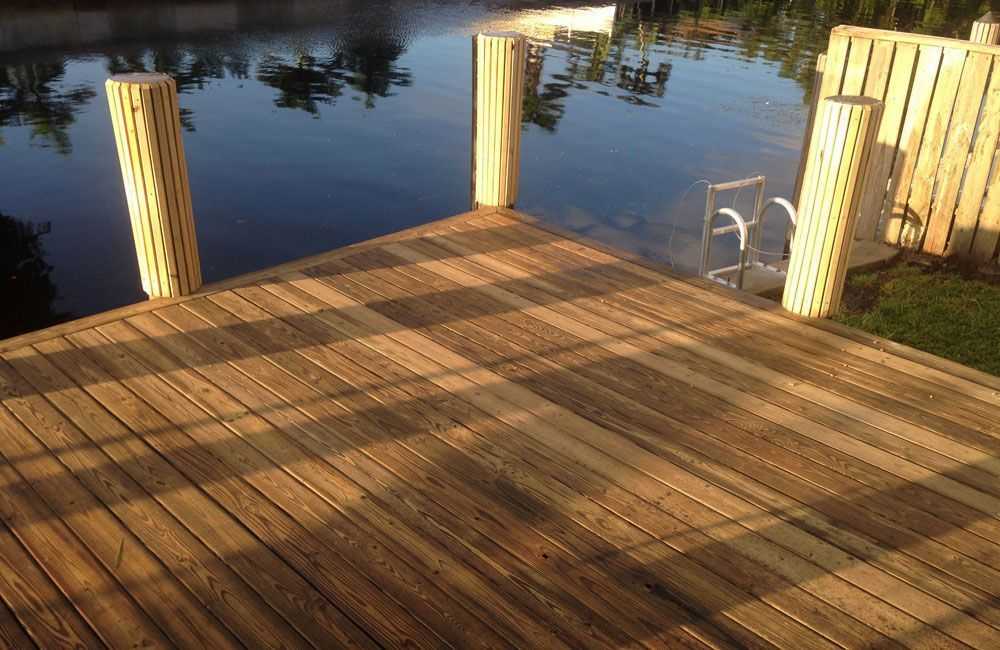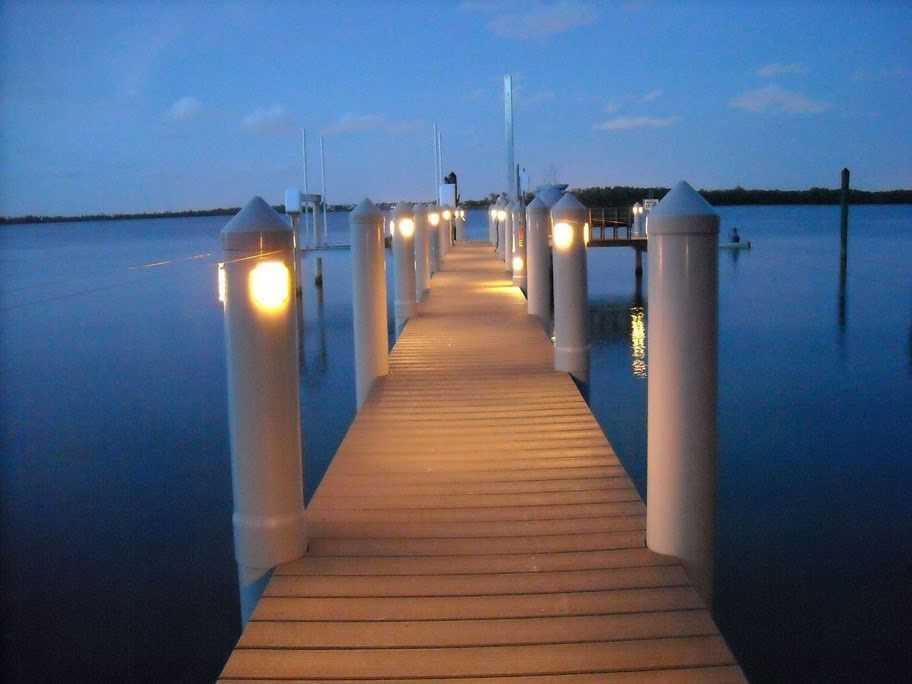
However, it’s important to note that not all treated wood is created equal. The level of rot resistance is directly related to the amount of chemical preservatives in the wood and the chemicals used. Lumber that’s stamped “Above Ground Use” should be used only where it won’t touch the ground. Lumber designated for “Ground Contact” can be placed directly on or in the ground.
“You might think it’s pretty simple, but there’s a lot of confusion about treatment levels with pressure-treated wood,” cautioned Ron Paluck, CEO for Shoreline Lumber in southwest Florida. “Many have trouble keeping up with it, so be aware of the different types.”
The confusion began when the industry switched to a more environmentally safe chemical about eight years ago. The retention levels now vary for the intended use of the product. The chemicals used today are Micronized Copper Azole (MCA), Alkaline Copper Quaternary (ACQ) and Copper Azole (CA-C).
Lumber designated for ground contact is suitable for in-the-ground applications such as posts for fences or decks.
“Even boards that are going to be in close proximity to the ground like deck skirts, bottom steps and bottom trim pieces should be built with “ground contact” boards. That will give you an added measure of protection,” said Paluck.
The other precaution that is almost always overlooked is care and maintenance. Even though no maintenance is needed to retain the treated lumber’s resistance to rot, fungal decay and termites, a regular maintenance program, including a periodic coating of water repellent, will help maintain the appearance of your project. A first coating of water repellent should be applied as soon as the wood is dry enough to absorb it.
Pressure-Treated Wood For Marine Environments
When man took to the sea, wood was the primary building material. Centuries later, wood is still used in a wide variety of coastal building applications. From boardwalks and piers to marinas, docks, sea walls and more, pressure-treated wood is known for its proven longevity.
While deck boards and railings can be built with above ground or ground contact products, the substructure for building in saltwater or brackish water will require a hardy product.
“You need a Saltwater Splash treatment level of Chromated Copper Arsenate (CCA) for saltwater framing such as joist and stringers. For saltwater immersion applications, such as pilings and cross bracing, an even heavier treatment of CCA should be used. These too are products stocked at Shoreline Lumber,” said Paluck.
CCA is a restricted use product and intended only for specific types of construction.
Just remember this, the easiest way to stay on track using the right treated wood for the right project is to buy a trusted brand from a trusted retailer. They are the pros and will advise you. Pressure-treated wood is available at your local lumber yard or building materials retailer. Marine lumber products are available at specialty retailers like Shoreline.
